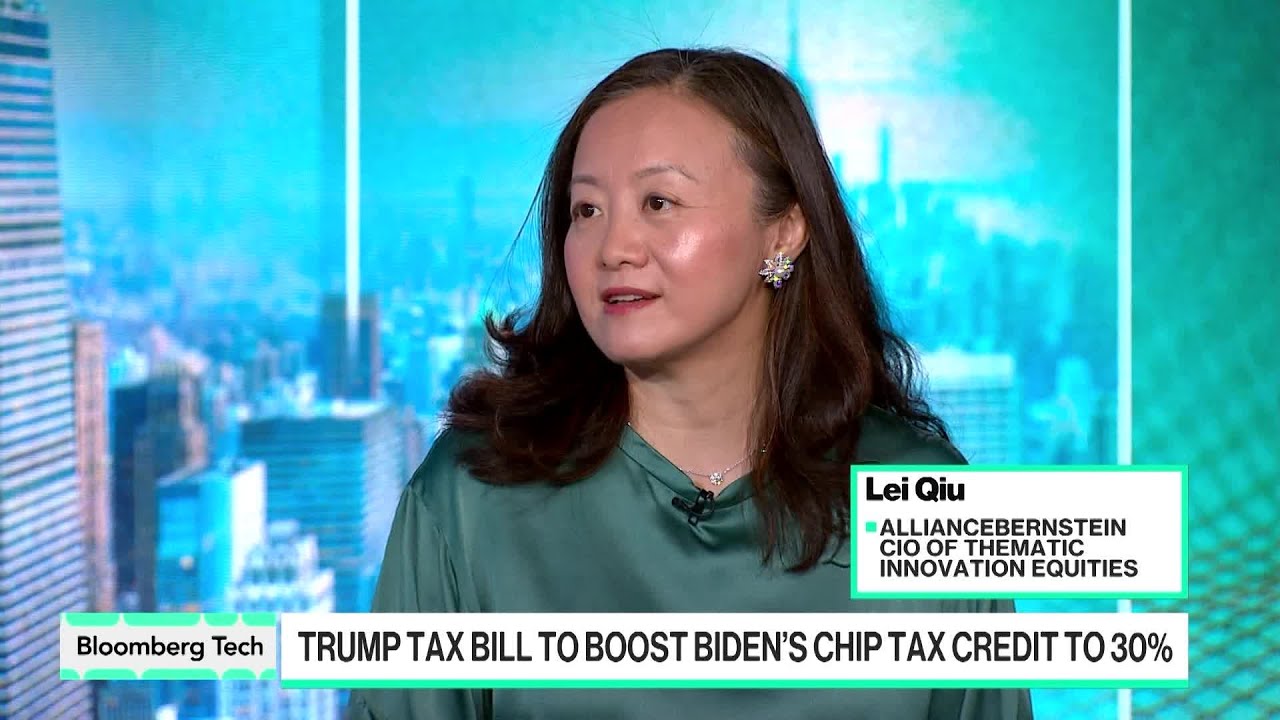The video discusses the strategic federal support for domestic semiconductor manufacturing and the ongoing AI infrastructure buildout, emphasizing their long-term impact on industry profitability and technological innovation. It highlights the emergence of diverse winners across the AI supply chain, the shift towards industrial and energy-efficient chip innovations, and the importance of monitoring both public and private market developments to identify future growth opportunities.
The discussion centers on the federal support for semiconductor manufacturing in the United States and its implications for profit margins and the broader industry. While it is too early to determine the direct impact on profits, the emphasis on building domestic chip capacity highlights the strategic importance of the semiconductor sector globally. Countries are increasingly focused on expanding local production to meet domestic demand, reflecting a shift in market dynamics driven by geopolitical tensions and the need for technological self-sufficiency. These developments are expected to influence the industry’s long-term profitability over the next decade or two, rather than immediate financial returns.
The conversation also touches on the ongoing AI infrastructure buildout, which is still in its early stages despite increased capital expenditures in recent years. This buildout is characterized by rapid innovation and evolving infrastructure needs, suggesting a transformative period for the technology sector. Investors are encouraged to look beyond current revenues and profits and instead analyze how market structures and demand patterns will evolve over the coming years. The expectation is that multiple players across the AI supply chain will emerge as winners, benefiting from the growing adoption and investment in AI technologies.
Regarding specific companies, the focus has shifted somewhat from high-profile names like Nvidia to others such as Broadcom, which is gaining attention for its diverse offerings across software and hardware in the data center space. Although no specific stock recommendations are made, the broader point is that the AI buildout will create opportunities for various companies involved in different parts of the supply chain. The pace of innovation and infrastructure upgrades is accelerating, shaping the future landscape of technology and creating multiple avenues for growth and profitability.
Innovation in chipmaking is also highlighted, particularly efforts to improve energy efficiency and infrastructure resilience. Unlike previous technology cycles dominated by consumer-facing companies, the current wave of innovation is more focused on industrial applications and energy transition technologies. This shift opens the door for unexpected winners who combine profitable growth with technological advancements in foundational infrastructure, expanding the range of investment opportunities beyond traditional tech giants.
Finally, the discussion acknowledges the importance of tracking both public and private market developments, especially in the context of large language model builders and AI startups like Elon Musk’s Frontier model maker. These private companies often lead disruptive innovation and drive significant demand for advanced chips and AI technologies. Monitoring their capital raises and spending patterns provides valuable insights into future market trends and helps identify emerging leaders in the AI ecosystem, reinforcing the view that the AI and semiconductor sectors are poised for substantial growth and transformation.
